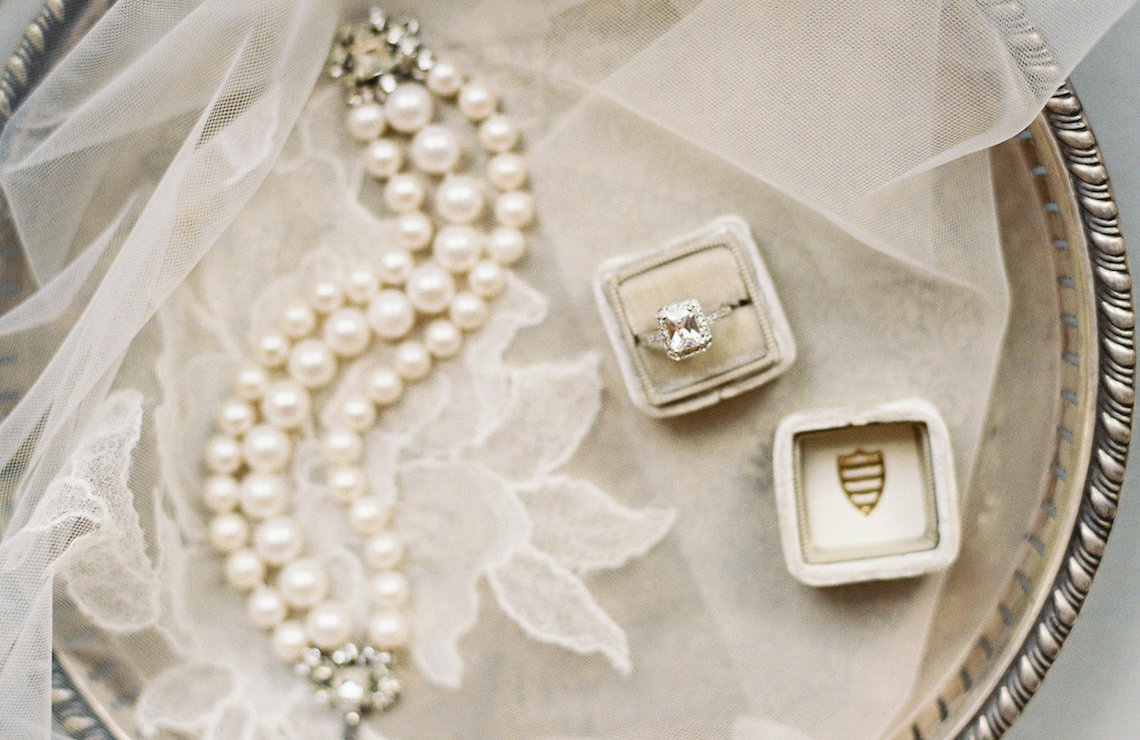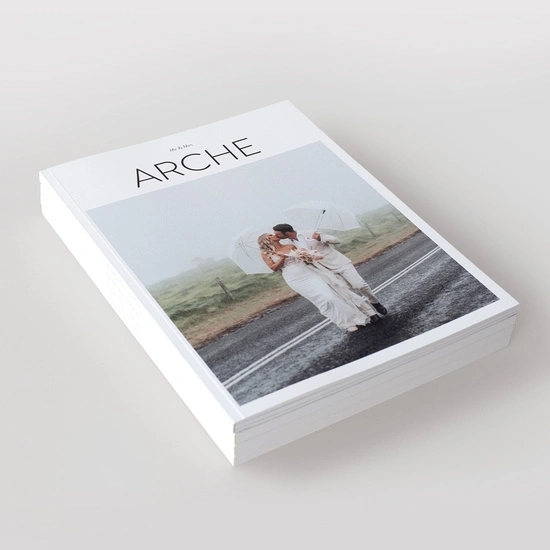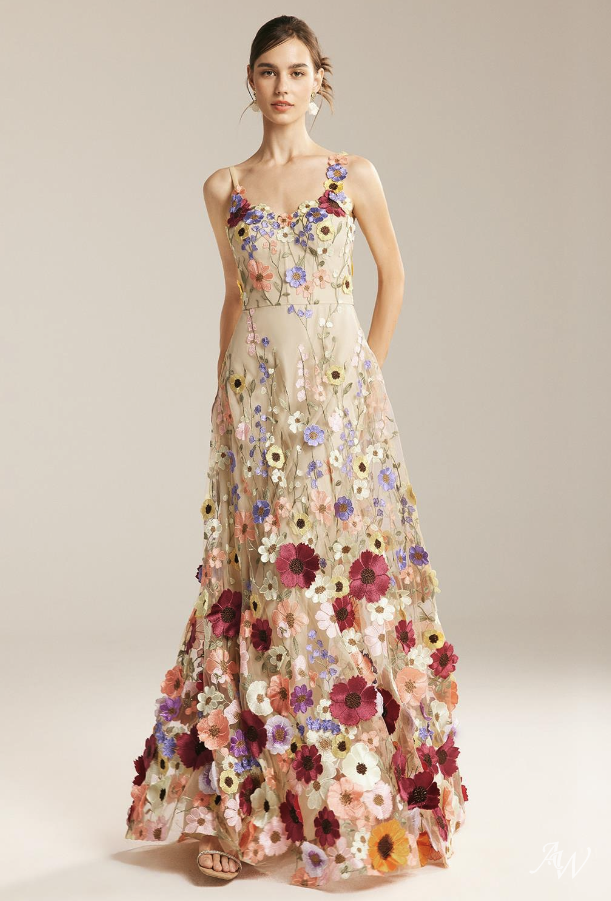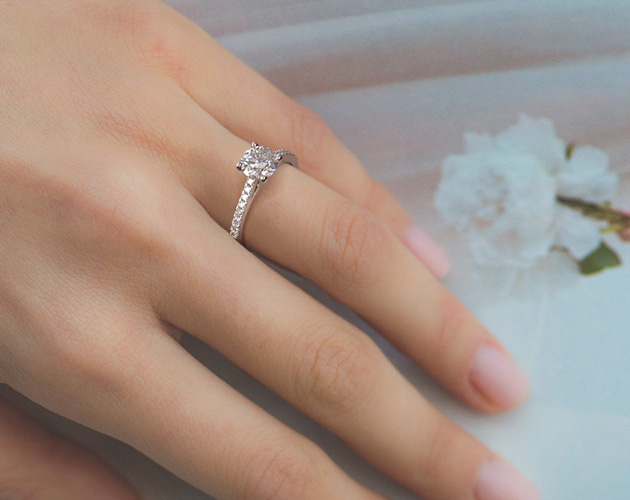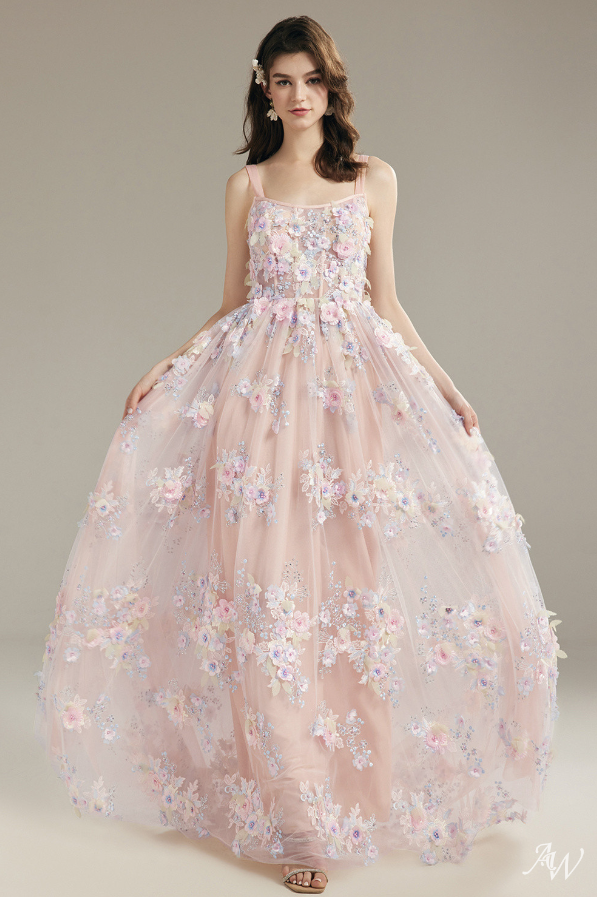Antique and vintage jewellery is always a savvy choice for an engagement ring or bridal accessory.
Not only is it timeless in style and beautiful, but reusing it is a chance to be part of a story and repurpose something gorgeous, rather than buying something new. It also gives you an instant heirloom, something to pass on to others, and be enjoyed for generations to come. And that’s pretty special, don’t you think?
But buying vintage jewellery can be daunting, especially if it’s for something as important as an antique engagement ring or some pre-loved wedding day jewels. So the lovely team at Topazery – purveyors of exquisite antique jewellery – have dropped by to share their expert guide to knowing your Art Deco diamonds from your Edwardian pearls.
And for jewellery-loving magpies (like us!) it’s going to come in pretty handy indeed…

Photo by Julia Elizabeth Photography via Bridal Musings
When you’re getting married, you spend a lot of time thinking about the future, and the good things that lie ahead.
And when it comes to choosing the right engagement ring, wedding ring, or accent pieces, the words ‘vintage’ and ‘antique’ might conjure up the past, but they can absolutely be a very bright part of your exciting future.
Shopping vintage can add a bright sparkle of timeless beauty on your special day-and in the years to come!
Shopping for quality vintage jewelry that matches both your budget and your taste might seem as easy as logging onto eBay or swinging by the local antique shop, but investing in ‘the good stuff’ requires a little bit of legwork.
More Than “Something Old:” Vintage Jewelry is a Smart Bet for Brides
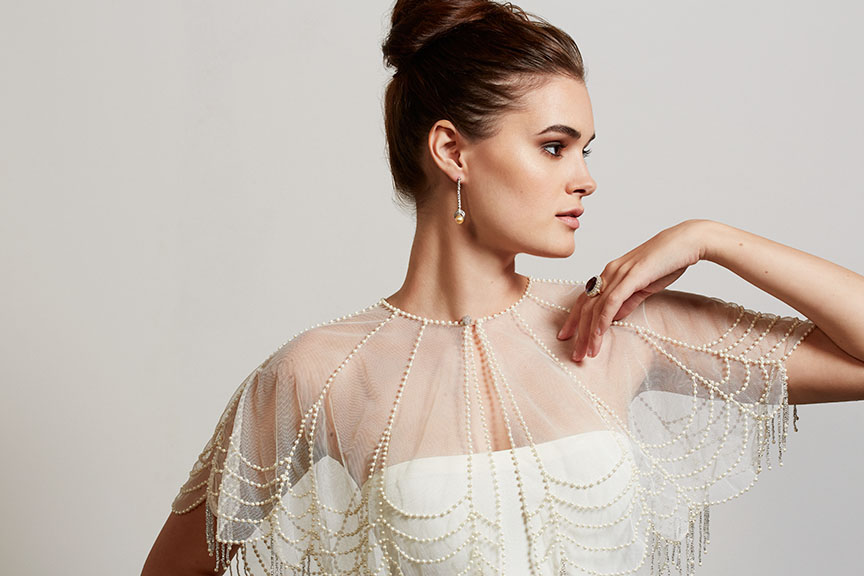
Photo via Topazery Jewelry
So why is vintage jewelry so exciting, anyway? Yes, it neatly satisfies your requirement for “something old” but ironically, it’s not necessarily the vintage of the piece that makes it so special.
On its journey to get to you, that ring or necklace or dazzling pair of earrings has passed through many hands; other women, living other lives and, in the case of engagement rings, other weddings.
You’re not just considering a masterwork of metal and precious gems; you’re becoming part of a story.
So whether you’re drawing on family history or searching out a piece to make your own, vintage jewelry makes an attractive foundation for the story of your new life together.
A Question of Authenticity
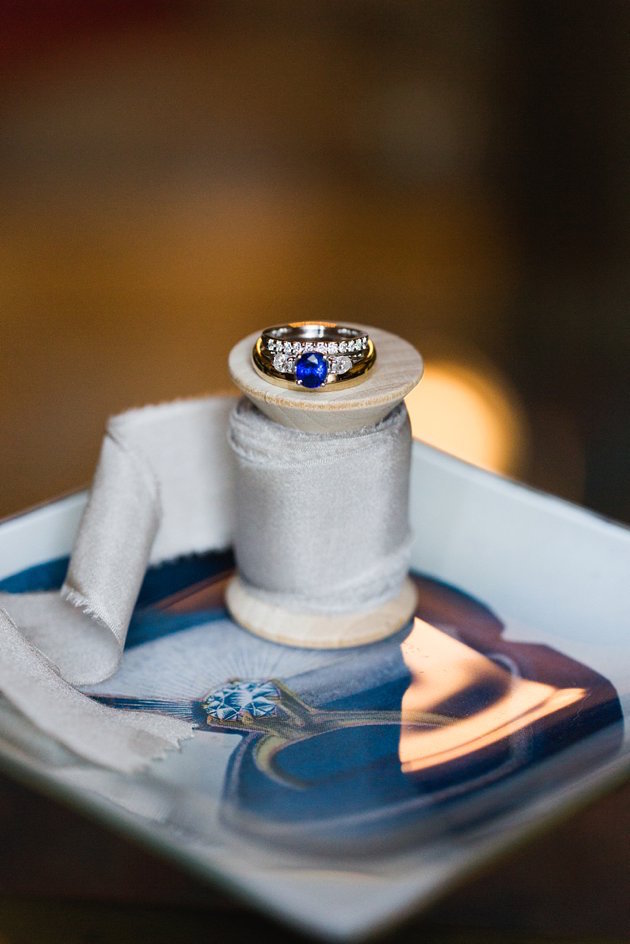
Photo by Julia Elizabeth Photography via Bridal Musings
The first question you’ll probably find yourself asking is, ‘How do I know the vintage jewelry I’m considering is authentic?’.
It’s a sad truth that some folks are indeed looking to scam the unwary, but you can take comfort in the fact that reputable sellers of vintage and antique jewelry still outnumber the bad apples. Whether you’re considering a particular piece, or talking to a variety of providers, look for the following signs you’re getting top-shelf vintage jewelry.
Find a name you can trust.
Is the seller new to the jewelry marketplace, or an established authority? Do they have strong customer reviews and testimonials? A record of success that’s measured in years, and a stack of strong positive reviews can help you identify a reputable seller and minimize your risk.
Marks of excellence are, well, excellent.
Because it’s an art as much as a craft, fine jewelry – particularly vintage and antique jewelry – has long been a medium for creative folks who enjoy signing their name to their work.
Finding, for example, a Krementz mark – an imprint that became synonymous with its maker’s dedication to quality and customer satisfaction on everything from rings to collar buttons – indicates you’ve got a genuine piece of antique art in your hands.
Honesty is always the best policy.
Vintage jewelry has been through the wars (quite often literally), and so, sometimes, you’re bound to find a few dings and chips and dents that simply aren’t to be found on brand new pieces with more flash but significantly less character and charm.
Flaws aren’t always a drawback, but anyone trying to deceive you should always raise your suspicions.
A trustworthy seller will be honest about every piece they sell, and will likely have the inside scoop on what makes each piece truly unique-and authentic.
Which Vintage Jewelry Era Fits Your Wedding Best?

Photo by XO & Fetti via Bridal Musings
Stretching back to the mid-1830s, when Victorian-era jewelry trends were quite literally in romantic flower, more than a century of style and sophistication provides many options when it comes to choosing an aesthetic that matches your taste and budget.
If you’re not quite as familiar as you’d like to be with each period, here’s a quick snapshot guide:
Victorian (1836-1901): Think pearls, diamonds (just becoming popular around this time) and quirks such as human hair incorporated into rings.
Flowers, hearts, and nature themes abounded, including a surprisingly popular serpent theme, thanks to Queen Victoria. Her own engagement ring had a serpent motif!
Art Nouveau (1890-1919): This period, focused on the soft, feminine, and flowing, de-emphasized expense in favor of artistry and innovation.
These pieces are typically found in a wider variety of materials-think horn, copper, shells, and glass as the foundation for opals, amber, peridot, moonstones and citrines, often with a strong nature theme.
Edwardian (1901-1920): Named for the dashing King Edward, this era gives us jewelry that’s intricately artistic and pairs top-tier materials such as platinum and diamonds with pearls to create a sophisticated, delicate “white-on-white” look.
Art Deco (1920-1935): Fans of Old Hollywood and the clean-cut, wildly ornate lines of Art Deco design will find familiar beauty in pieces from this era.
If you’re into geometrics, Egyptian motifs, or emeralds, rubies, and diamonds (and who isn’t?), then you’ll love Art Deco jewelry.
Retro (circa 1935-1950): Wartime practicalities – imitation gemstones, yellow gold, bold designs that compensated for non-traditional materials-came to define this period, when both the Great Depression and a pair of world wars pushed designers into a creative frenzy that gave us intricate, beautiful pieces that made the most of both beauty and budgets.

Photo by Anna Tereshina via Bridal Musings
You’ll find a wide range of creative pieces from this era that use some insanely inventive materials – including the famous “wonder plastic,” Bakelite-to create one-of-a-kind rings, bangles, necklaces and earrings.
Of course, there’s no need to limit yourself to any one era, but understanding what’s available can help you create or adapt your theme to embrace the styles you love the best.
Ultimately, understanding the available options, identifying a reliable seller you can trust to help guide you toward the best pieces for you, and (perhaps most importantly of all) having fun shopping for your perfect engagement ring, wedding ring, or accessories will make vintage jewelry a piece of the past you’ll be happy to make a very special part of your future.
Great tips, right? Visit the Topazery website for more great advice on buying and maintaining antique jewellery.
